Itchy, Irritated Breasts? It’s Likely Breast Eczema + Docs Say These Tricks Can Help
Spoiler alert: A simple tweak to your manicure helps soothes symptoms
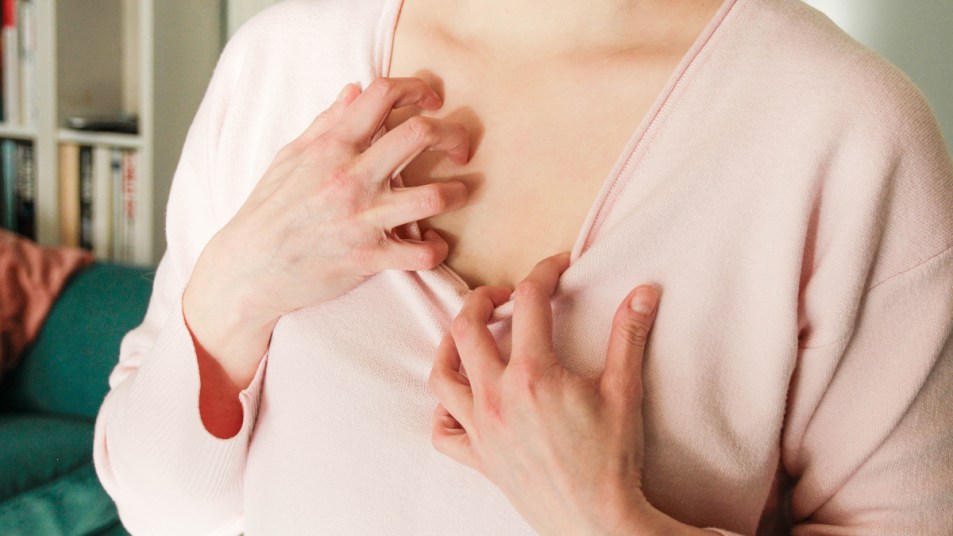
Experiencing an eczema flare-up anywhere on your body can be uncomfortable. But when you’re dealing with it on your breasts, the skin condition presents a few unique challenges. Breast eczema symptoms like itching and inflammation can be exacerbated by tight bras, non-breathable fabrics and the dreaded under-boob sweat. You may also be hesitant to use your usual eczema treatments on the sensitive skin in that area. So, how can you clear up breast eczema as quickly as possible and prevent future flare-ups, too? Here’s what experts recommend.
What is breast eczema?
Eczema, also known as atopic dermatitis, is an inflammatory skin condition that affects up to 30% of the U.S. population. It can develop anywhere on the body, including the breasts and nipples.
“Breast eczema typically presents as itchy, red and inflamed skin, sometimes with scaling or oozing,” says Phyllis Pobee, MD, a family physician specializing in cosmetic medicine. “The telltale signs are intense itchiness and patches of dry, irritated skin.”
Your skin may feel warm or swollen, and you may notice a rash, scaly patches, small bumps or blisters. On darker skin tones, eczema may cause dark brown, purple or grayish discoloration rather than a red rash.
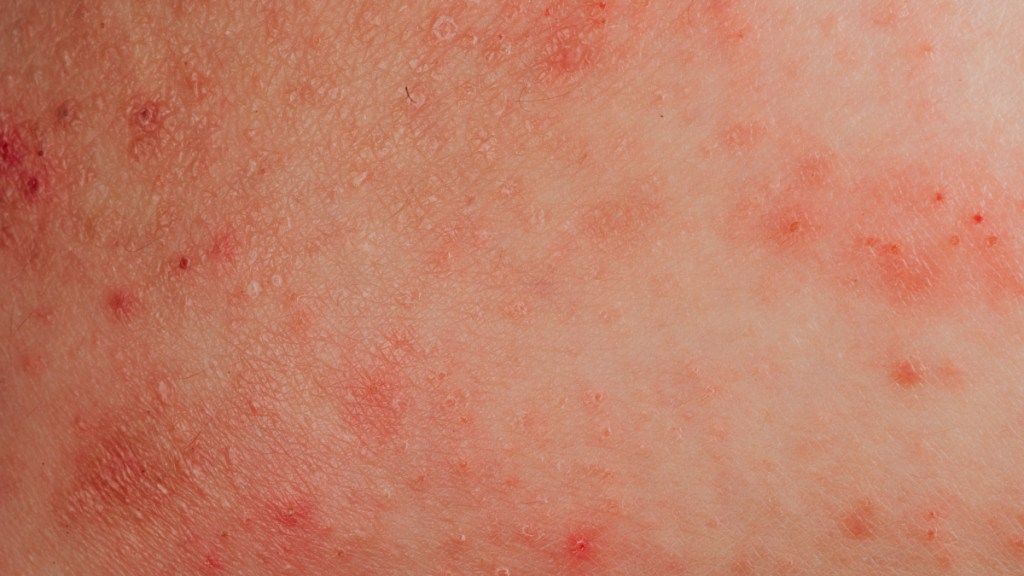
Even if you never had eczema as a child, you can develop it as an adult. In fact, the risk of adult-onset atopic dermatitis peaks in your 50s. Menopause may play a role — according to a study in Scientific Reports, menopause causes changes to the skin barrier that may increase the risk for developing all types of atopic dermatitis, including breast eczema.
“Breast eczema is relatively common, as the skin of the nipple is more prone to inflammation compared to other skin areas,” says Deeptej Singh, MD, board-certified dermatologist and founder of Sandia Dermatology.
Related: “I’m a Dermatologist and Here’s Why *This* Is the Best Makeup for Eczema-Prone Skin.”
What causes a breast eczema flare-up?
Breast eczema “can be caused by the same factors that trigger eczema elsewhere on the body, such as genetic predisposition, irritants, allergens and environmental factors,” Dr. Pobee says.
Environmental irritants can include:
- Harsh soaps or detergents
- Dust mites
- Pet dander
- Pollen
- Cigarette smoke
- Extreme weather or sudden weather changes
Sweat and friction can also irritate the sensitive skin in that area, Dr. Pobee says. And stress can play a role in triggering or worsening an eczema flare-up.
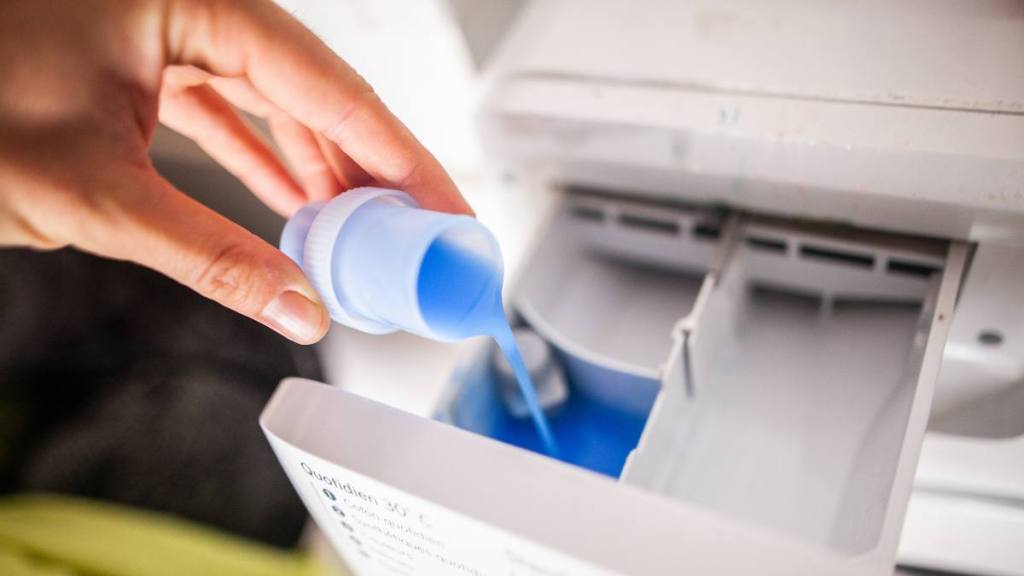
How to treat — and prevent — breast eczema
If you develop a rash that looks like eczema, let your dermatologist know — especially if the rash gets worse, looks infected or doesn’t improve with self-care. In the meantime, experts recommend these steps to get fast relief from breast eczema.
1. Opt for stylishly short nails
Making this simple change to your nail care routine can work wonders for eczema. “Keeping fingernails short is a proactive measure to minimize damage from mindless scratching,” Dr. Pobee says. “This habit helps in two key ways. It reduces the likelihood of breaking the skin when scratching, either consciously during the day or unconsciously while sleeping. And it helps prevent the accumulation of irritants or bacteria under longer nails, which could exacerbate skin conditions.” After trimming your nails, use a nail buffer to smooth out any rough edges. (No need to visit a salon for a pricy manicure. Click through to learn how to do dip nails at home.)
2. Smooth on a ceramide cream
Repairing the skin barrier — the outermost layer of your skin — can help to heal skin and lessen inflammation. To give this protective barrier the TLC it needs, Dr. Pobee recommends looking for a moisturizer that contains ceramides, a type of lipid that helps to hold skin cells together.
Dr. Singh swears by the brands CeraVe and Cetaphil for skin barrier repair. Try CeraVe Moisturizing Cream, which contains three essential ceramides (Buy from Amazon, $17.78) or Cetaphil Eczema RESTORADERM, which heals the skin barrier with ceramides and soothing colloidal oatmeal (Buy from Amazon, $14.97).
Bonus: Both products get a stamp of approval from the National Eczema Association. These moisturizers can be reapplied as often as needed, which may vary depending on the season, the humidity, the severity of the flare-up and whether you’ve been out in the elements, Dr. Singh adds.
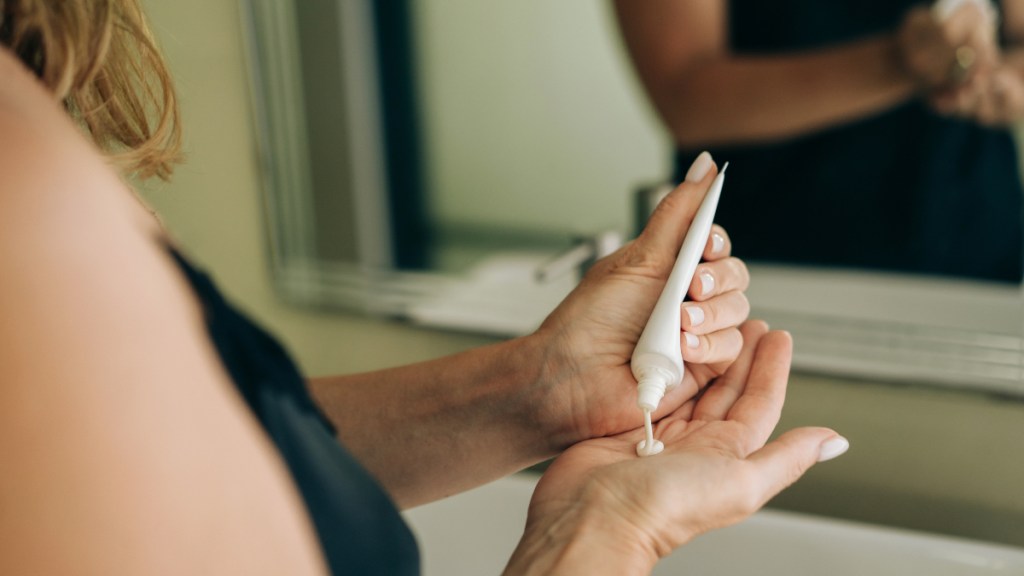
3. Jot down potential triggers
“Understanding eczema as a signal from the body can be a helpful perspective in managing this chronic condition,” Dr. Singh says. He recommends journaling to help pinpoint what might be causing your internal inflammation. Each day, write down any symptoms you’re experiencing and any potential triggers in your environment.
That can include what you ate, where you went, any skincare products you used, fabrics you wore, the weather or anything that caused you stress. Over time, you may start to notice a pattern emerging that helps you understand what causes your breast eczema and what brings relief. (Tip: If you notice stress is a trigger, click through for 30 journal prompts that tame tension.)
4. Savor anti-inflammatory foods
Anti-inflammatory foods can help to heal breast eczema from the inside out. This includes good-for-you foods such as tomatoes, olive oil, nuts, leafy greens, fruits and fatty fish. When possible, “avoid processed foods, especially those with added sugars or processed grains, and limit animal proteins,” Dr. Singh adds. This helps tamp down inflammation, soothing an existing flare-up and reducing your risk of experiencing another. (Click through to learn how to brew a cup of inflammation-fighting onion peel tea.)
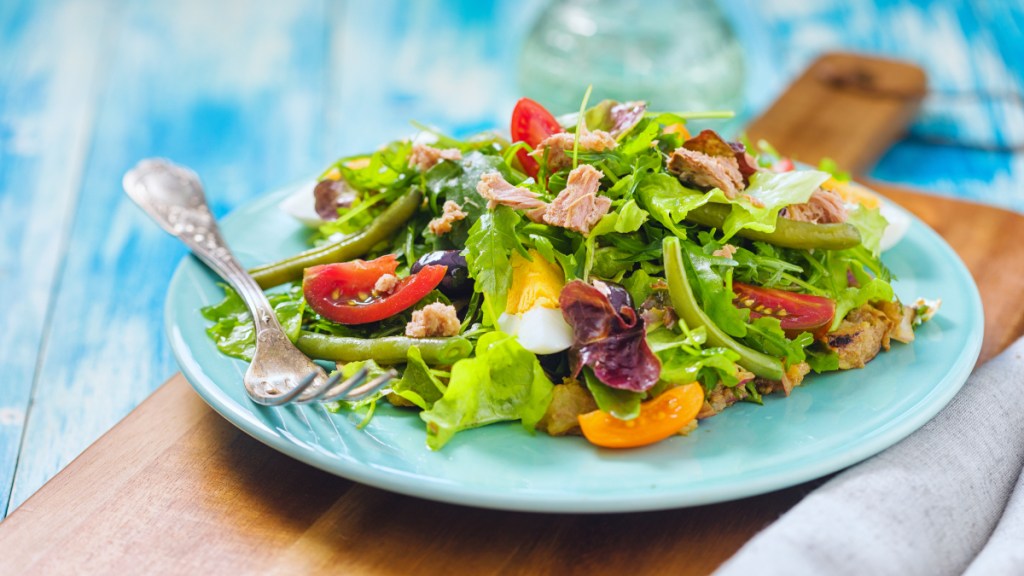
5. Consider an OTC treatment
Topical corticosteroids like hydrocortisone are a common treatment for all types of eczema. Just keep in mind that you may want to use it sparingly for breast eczema. Skin thinning can be a potential side effect of topical corticosteroids, so Dr. Pobee recommends looking for a lower-potency formula when using it on the already-thin skin around the nipple. One to try: CVS Health Sensitive Skin Hydrocortisone Cream (Buy from CVS, $7.99).
Most OTC hydrocortisone treatments can be applied up to four times a day, but be sure to double-check the directions on the label. “If you’re not noticing any changes after seven days, it’s a good idea to consult a healthcare professional,” Dr. Pobee says. “They can provide personalized advice and explore other treatments if needed. For more severe cases, prescription treatments like topical calcineurin inhibitors or stronger steroids may be necessary.”
The best soap for eczema
We use soap and body wash every day, but for women with breast eczema, choosing the right formula can make a big difference in their skin . “For someone with breast eczema, using non-irritating, fragrance-free and hypoallergenic soaps is key,” Dr. Pobee says. “Ingredients like glycerin and hyaluronic acid — which help maintain moisture — are beneficial, while avoiding harsh detergents like sodium lauryl sulfate (SLS) is advisable.”
Check the ingredient label to look for any potential allergens, along with fragrances, dyes and alcohol, all of which can dry out your skin and exacerbate eczema symptoms. “One of my go-tos is the Dove Sensitive Skin Beauty Bar,” Dr. Pobee says. “It’s widely recognized for its mild formula that hydrates without irritation, making it a staple in my daily routine.” (Buy from Amazon, $10.97 for 8 bars.)
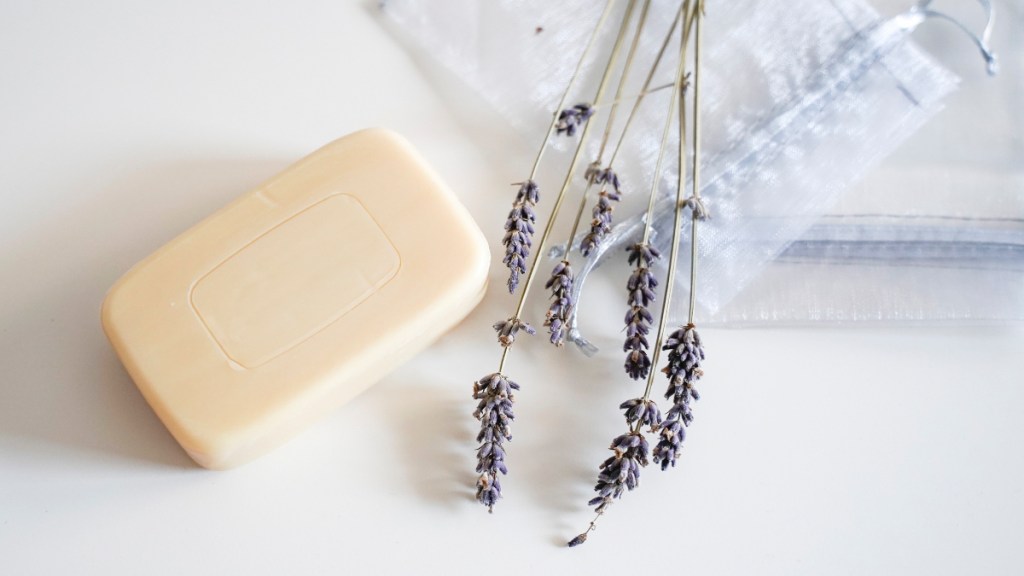
Breast eczema can mimic a more serious condition
While breast eczema is common and generally not a cause for concern, its symptoms can sometimes resemble another condition known as Paget’s disease of the breast. This is a rare condition typically caused by an underlying breast cancer. The nipple may become red, scaly or crusty, and you may notice nipple discharge, burning or itching.
Paget’s disease of the breast can look a lot like breast eczema, but don’t panic. While eczema affects millions of people each year, Paget’s disease occurs in less than 4% of breast cancer cases. Still, it’s important to know the key differences to look for.
“Paget’s often shows more distinct, unilateral eczematous changes with possible nipple involvement,” Dr. Pobee says. In other words, you may notice more severe symptoms, and typically only on one breast. If you notice anything worrisome, or your inflammation doesn’t respond to eczema treatments, your doctor may perform a biopsy to rule out Paget’s disease.
For more ways to keep your breasts healthy:
Ob/Gyns Share the Surprising Causes — and Cures — for Itchy Breasts
When Your Nipples Make You Cry — MDs Break the Silence on Sad Nipple Syndrome
Itchy Armpits and Armpit Rash Can Be Sneaky Signs of Breast Cancer, Says MD — What You Need To Know
This content is not a substitute for professional medical advice or diagnosis. Always consult your physician before pursuing any treatment plan.













